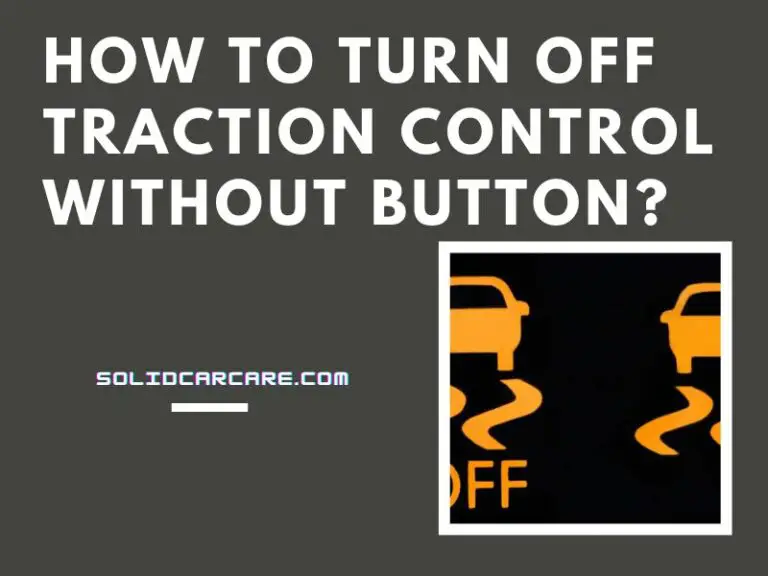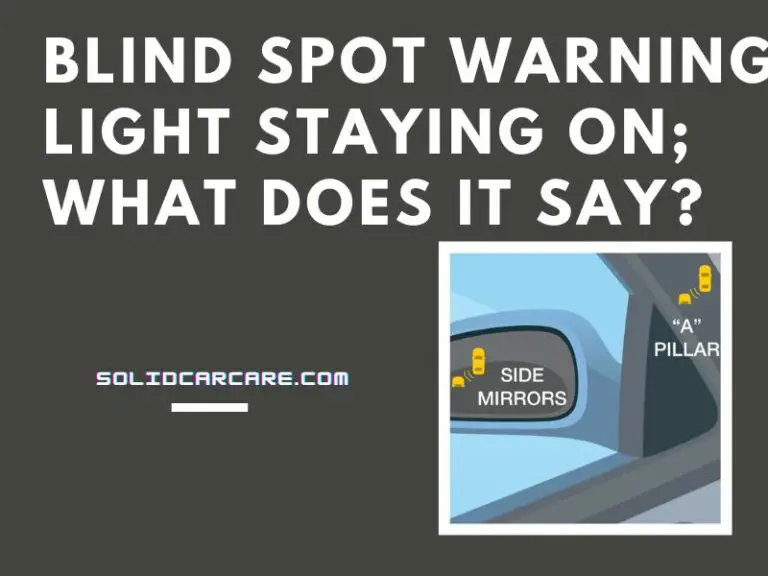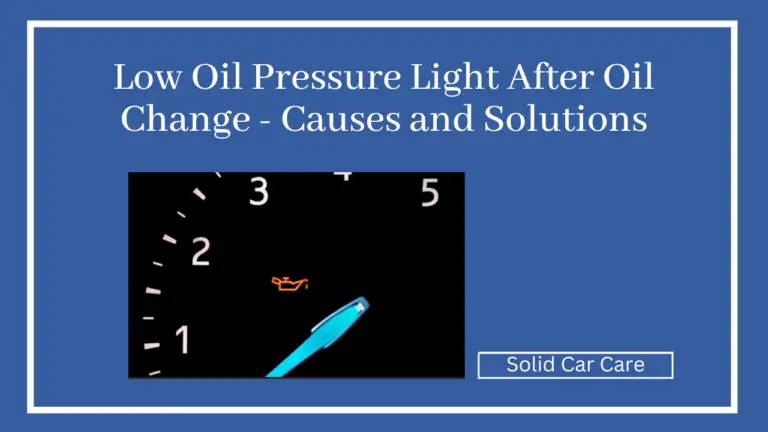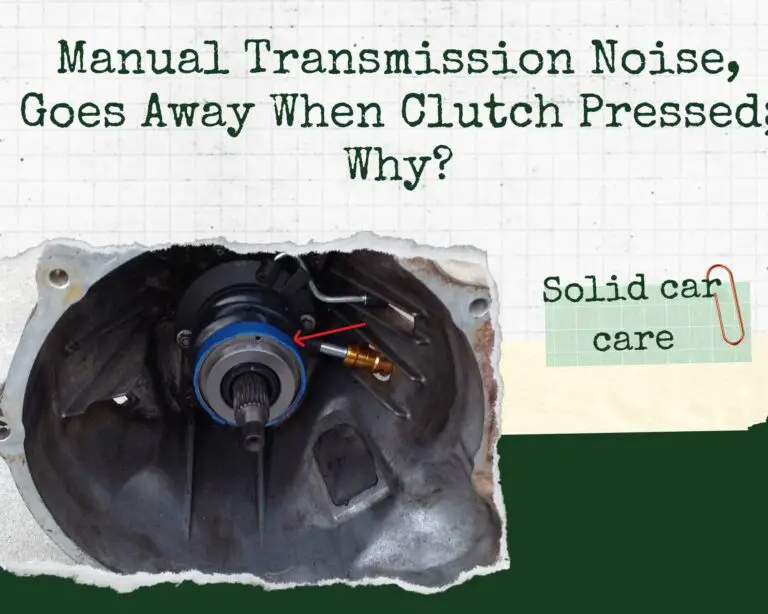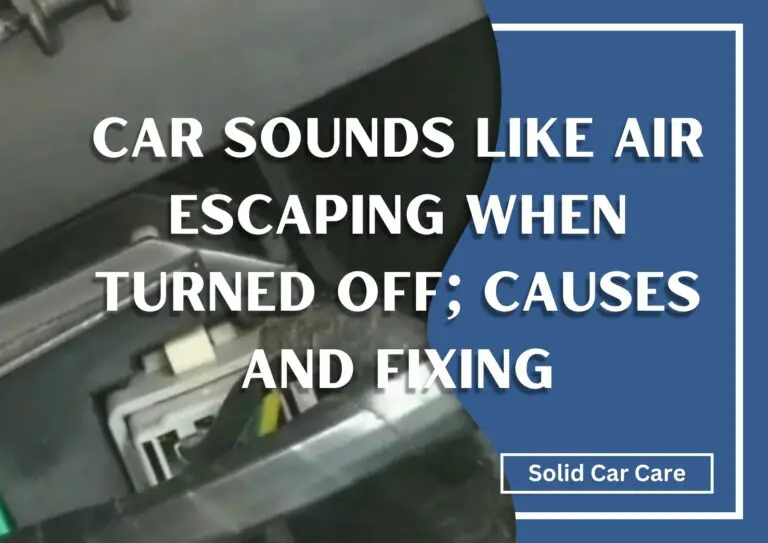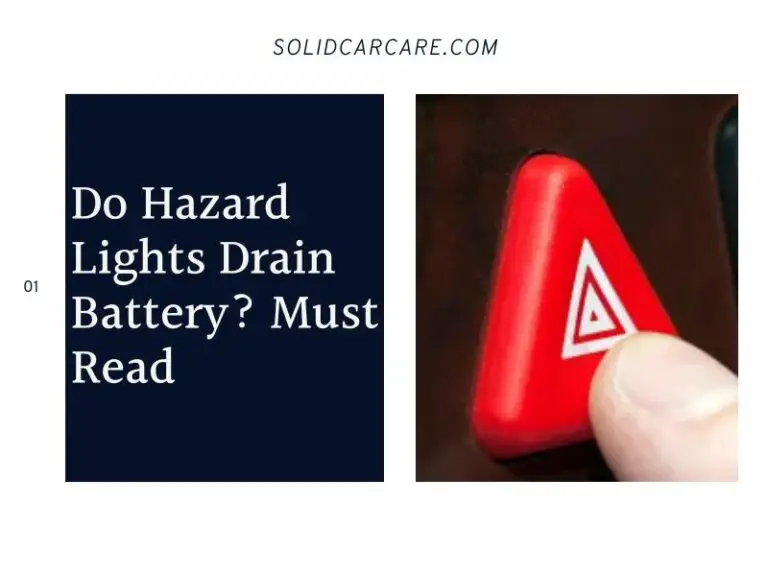Car Wobbles When Hitting Bumps; Causes and Fixing
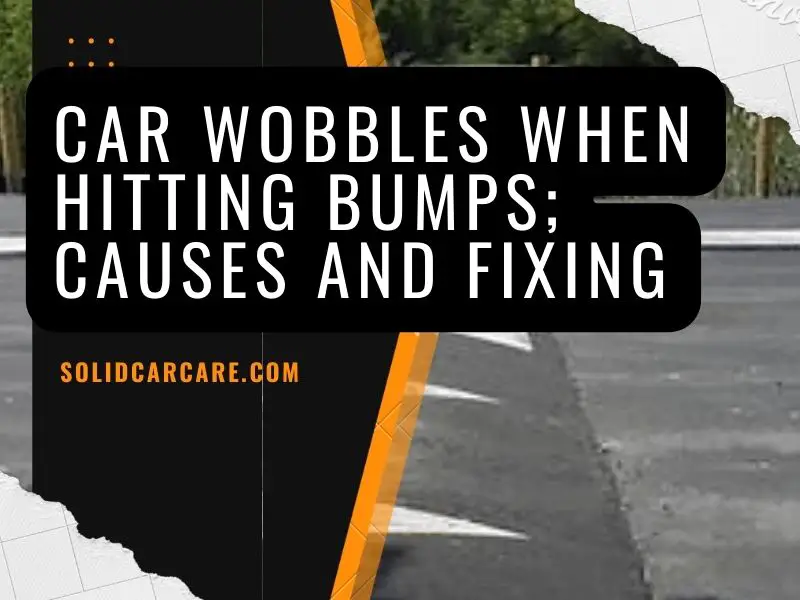
Imagine cruising down the road, the sun setting in the background, when a bump in the road sends the back of your car swaying like a boat in choppy water. You’re initially taken aback, wondering if it’s a fluke or a sign of a deeper issue.
This swaying isn’t just a nuisance; it’s a red flag that there’s something amiss with your car’s suspension system. Whether it’s worn shocks, a faulty sway bar, or another culprit entirely, understanding the root cause is crucial to your safety and your car’s performance.
Stay with us as we explore the potential reasons behind this unsettling experience and how you can regain a smooth, stable ride.
Key Takeaways
- Worn shocks or struts can cause the car to sway after hitting a bump.
- Faulty suspension bushings or loose components may contribute to swaying.
- A malfunctioning sway bar can lead to excessive side-to-side movement.
- It’s essential to have a professional inspect and address suspension issues promptly.
Worn Shocks and Struts
Your car’s worn shocks and struts are often the primary culprits behind the swaying you experience after hitting a bump. These key components of your vehicle’s suspension system are engineered to absorb and dampen the impact from road irregularities, ensuring a smooth and stable ride.
When they’re worn, they lose their efficiency, leading to noticeable swaying and a general lack of stability. This degradation isn’t just about comfort; it’s a safety concern that can significantly affect your car’s handling and braking performance.
To diagnose this issue, you’ll want to look for signs of leaking fluid on the shocks and struts, as well as any unusual noises when driving over bumps or during turns. It’s critical to address these signs promptly, as delaying repairs can lead to further damage, including to the suspension bushings and loose suspension components, which can exacerbate the swaying.
A faulty sway bar, another key player in preventing excessive rolling or swaying, should also be checked, although it’s less likely to be the primary issue if only the shocks and struts are worn.
Addressing worn shocks and struts involves replacing these components, a task that requires a certain level of expertise and specialized tools.
It’s recommended to have a professional mechanic perform a thorough inspection and carry out the necessary replacements to ensure your vehicle’s safety and restore its stability on the road.
Suspension Bushings Wear
When tackling the issue of a swaying back end, it’s crucial to consider the wear on suspension bushings, as these components play a pivotal role in your vehicle’s stability and shock absorption. Suspension bushings wear over time, which can lead to a decrease in the effectiveness of absorbing shocks from road irregularities. This wear can manifest as swaying or instability, especially when you hit a bump.
Here’s a concise breakdown of related components and their impact:
| Component | Function | Impact of Wear |
|---|---|---|
| Suspension Bushings | Absorb vibration and reduce friction | Increased play and instability |
| Shocks or Struts | Dampen the movement of the car | Reduced shock absorption |
| Sway Bar | Limits side-to-side movement | Decreased vehicle stability |
It’s essential to address these issues promptly to maintain your vehicle’s handling and safety. If you’re experiencing swaying, alongside checking for worn shocks or struts and a faulty sway bar, don’t overlook the possibility of suspension bushings wear. Loose suspension components can exacerbate the problem, but that’s a topic for a more focused inspection.
To accurately diagnose and remedy these issues, scheduling a professional inspection is paramount. A qualified mechanic can assess the condition of your suspension system, pinpoint the exact cause of the swaying, and recommend the necessary repairs. Remember, addressing suspension bushings wear is not just about comfort—it’s a critical safety measure.
Checking Loose Components
Inspecting for loose components is a crucial step in diagnosing the root cause of swaying in your vehicle’s back end. When you’re experiencing this issue, it’s essential to first check for any loose suspension components. Fasteners, nuts, and bolts can become loose over time due to vibration and general wear, allowing parts of your suspension system to move more than they should. This excessive movement can significantly contribute to the swaying sensation you feel after hitting a bump.
Additionally, it’s vital to examine the condition of your shocks or struts and suspension bushings. Worn shocks or struts lose their ability to dampen the movement of the car effectively, while worn suspension bushings can lead to increased play in the suspension components. Both conditions can exacerbate the swaying problem.
If you’re not familiar with the intricacies of your car’s suspension system or if you’re unsure about what to look for, scheduling a professional inspection is a prudent decision. A qualified mechanic can identify loose or worn components that you might overlook. Remember, addressing these issues promptly can prevent further damage and ensure your vehicle remains safe to drive.
Faulty sway bar
A faulty sway bar significantly undermines your car’s stability, particularly when navigating turns or encountering bumps. This critical component, designed to reduce body roll and stabilize your vehicle, can compromise your safety if it’s not functioning correctly. You might notice the issue more acutely when you hit a bump, as the faulty sway bar fails to properly distribute the impact, leading to an unsettling swaying motion.
When considering the root causes, it’s essential to look beyond the sway bar itself. Worn shocks or struts can exacerbate the problem, as they’re integral to your vehicle’s overall suspension system. Similarly, loose suspension components could be contributing to the instability. These components, if not securely fastened, can shift unexpectedly, diminishing the effectiveness of your sway bar.
Worn suspension bushings also play a pivotal role. Over time, these bushings, which cushion the connections between your car’s suspension components, can degrade. This wear can introduce additional play in the suspension, further destabilizing your vehicle.
Addressing these concerns requires a professional inspection. A skilled technician can assess the condition of your sway bar, shocks, struts, and other suspension components. By pinpointing the exact issue, they can recommend a precise course of action, ensuring your car’s stability and your safety on the road.
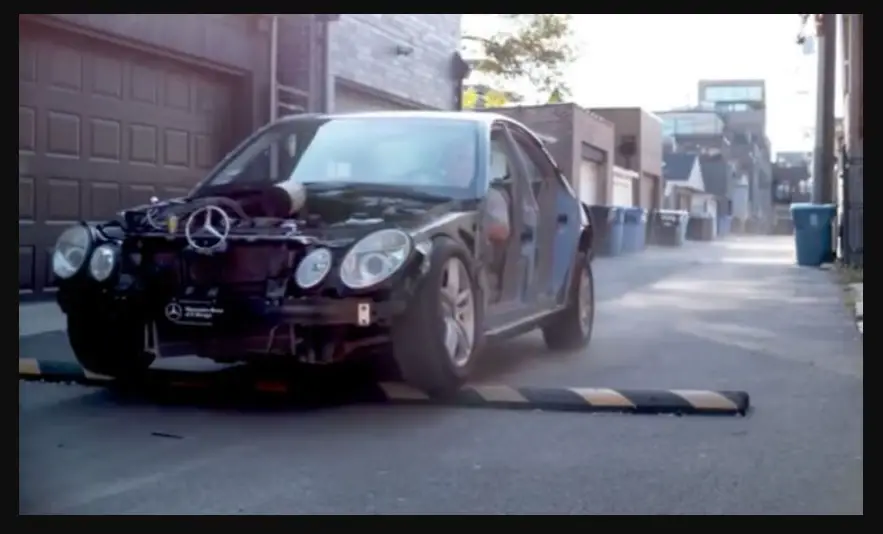
Here’s what you can do:
When your car’s back end sways after hitting a bump, it’s crucial you don’t overlook this symptom.
Scheduling a professional inspection is essential to pinpoint the exact mechanical faults causing the sway.
Attempting DIY repairs without adequate experience can exacerbate the issue, so it’s advisable to rely on expert mechanics for accurate diagnosis and repair.
Don’t ignore the issue:
Ignoring the swaying issue in your car’s back end could exacerbate underlying suspension problems, compromising both performance and safety. Here’s a concise guide on addressing the issue:
| Symptom | Action |
|---|---|
| Car sways when hitting bumps | Check for worn shocks or struts |
| Unusual noises during bumps | Inspect for loose suspension components |
| Excessive body roll | Evaluate the condition of the sway bar |
| Reduced handling | Schedule a professional inspection |
Don’t delay in addressing these signs. Worn shocks or struts, loose components, and a faulty sway bar can significantly impact your vehicle’s safety. A professional inspection is vital to accurately diagnose and resolve the issue, ensuring your car remains reliable on the road.
Schedule a professional inspection:
Scheduling a professional inspection is your next crucial step to accurately identify and address the underlying causes of your car’s swaying issue.
- Steering Wheel Moves When Hitting Bumps: A professional can assess if this is related to steering components or suspension issues.
- Car Sways Side to Side Over Bumps: Identifying whether worn shocks or struts are to blame requires expert diagnosis.
- Worn Shocks or Struts: These are critical for maintaining stability; a mechanic can check their condition.
- Worn Suspension Bushings: These often-overlooked parts can significantly affect handling; they’ll be thoroughly inspected.
- Faulty Sway Bar: A detailed examination will reveal if a malfunctioning sway bar is contributing to the swaying, ensuring precise repairs.
A professional’s tools and expertise are essential for pinpointing the exact problem and formulating an effective solution.
Avoid DIY repairs:
Attempting DIY repairs on your car’s suspension system can exacerbate existing issues, leading to more complex and costly problems down the line. It’s crucial to avoid DIY repairs and opt for a professional inspection.
A seasoned mechanic can accurately diagnose issues, whether they’re due to worn shocks or struts, loose suspension components, or a faulty sway bar. Each of these elements plays a pivotal role in maintaining your vehicle’s stability and safety.
Attempting to tackle these problems without the requisite knowledge and tools can inadvertently worsen the situation. Loose components need precise tightening to specific torque specifications, and identifying worn parts requires expertise.
Trusting a professional ensures that your car’s suspension system is thoroughly evaluated and correctly repaired, safeguarding your vehicle’s performance and your safety on the road.
Decoding Toyota’s Trim Levels: What Does SR5 Mean?
solid car care
Some related FAQs.
Can tie rods cause death wobble?
The telltale symptoms of death wobble, including steering wheel shake, chassis vibration, and wandering, can be brought on by worn rod ends and bent tie rods. A good tie rod won’t have any up-and-down or side-to-side play but will have enough rotational movement at the joint.
What do damaged tie rods sound like?
A sign of damaged tie rods is a knocking or clunking noise coming from the front of the car when turning at a low speed. Tie rods can rattle around at the joints and links as they become loose, resulting in the new sounds you’re hearing.
Can bad tie rods cause wobble?
Yes, bad tie rods can cause wobbling in the steering wheel. Worn tie rods can create instability and uneven tire movement, leading to steering wheel wobbling, especially at higher speeds. It’s essential to replace damaged tie rods to restore proper steering control and safety.
Why does my car feel wobbly on the highway?
Feeling a wobbly sensation in your car on the highway can result from various issues. Common causes include misaligned wheels, unbalanced tires, worn-out suspension components, or problems with the steering system.
These factors can lead to instability, affecting your driving comfort and safety. Consult a mechanic to diagnose and address the specific cause for a smoother highway experience.
Why is my car swaying side to side?
Car swaying side to side may result from worn suspension parts, imbalanced tires, misalignment, wind, or weight distribution issues. These factors disrupt stability, leading to swaying. A mechanic can identify and fix the cause, ensuring safer driving and improved handling.

